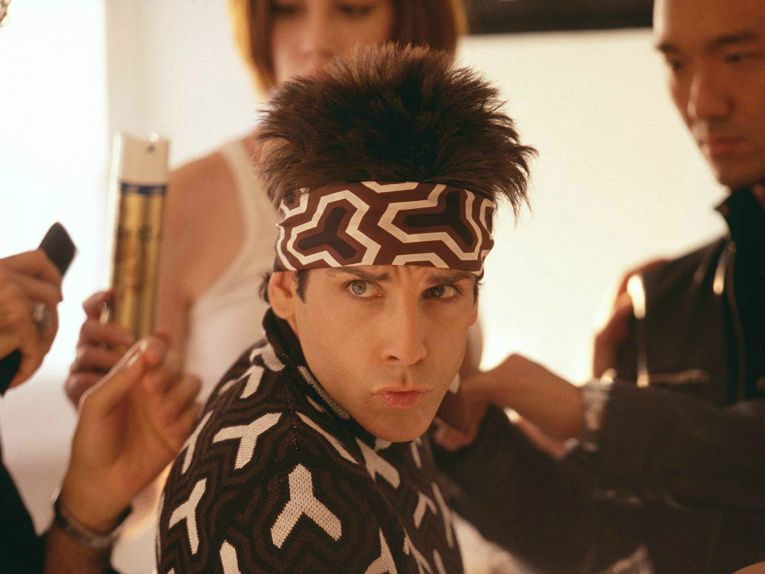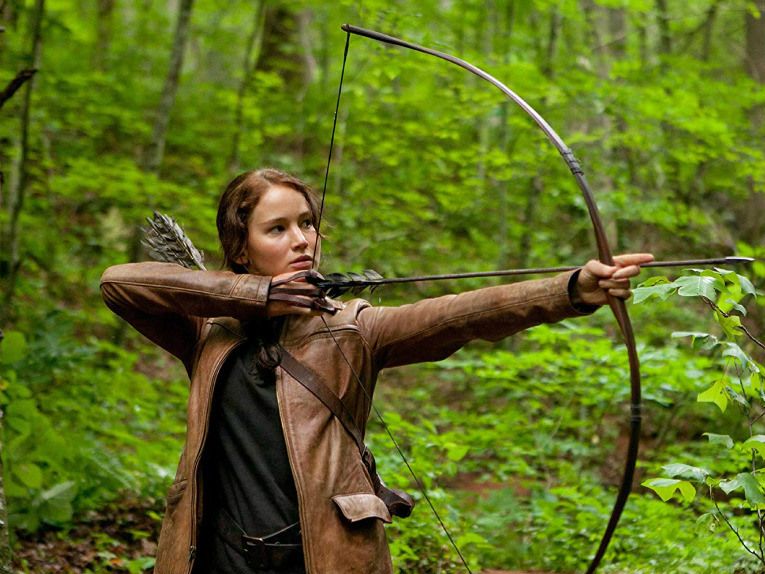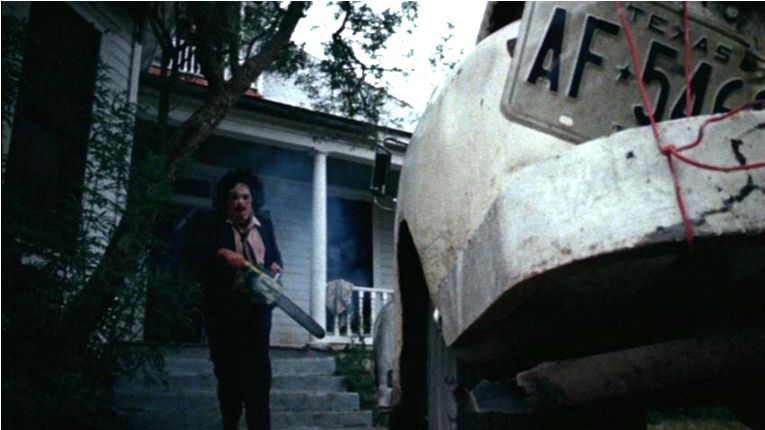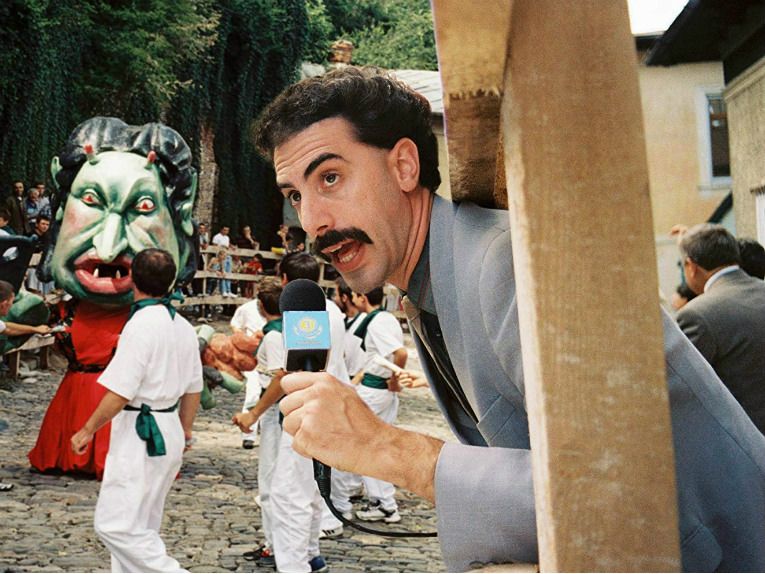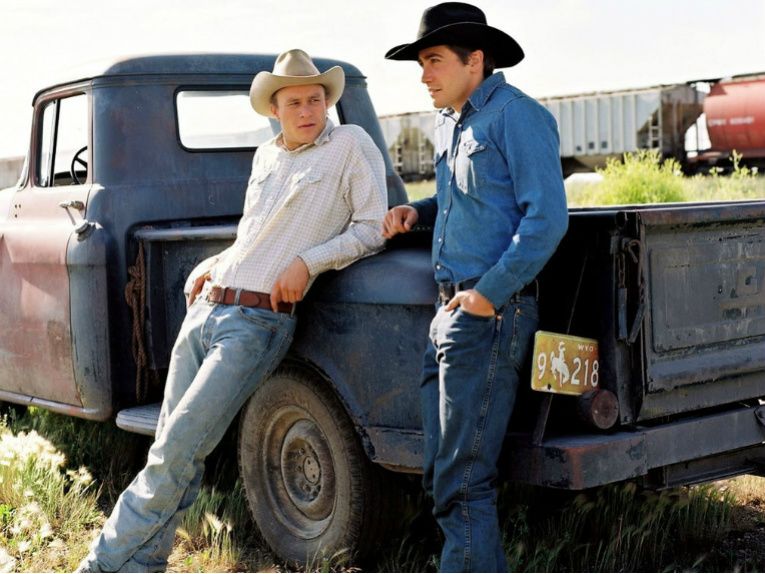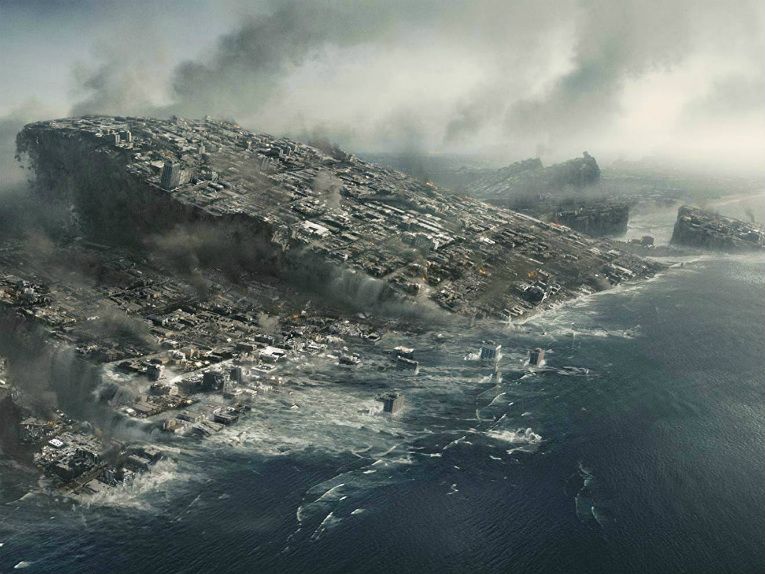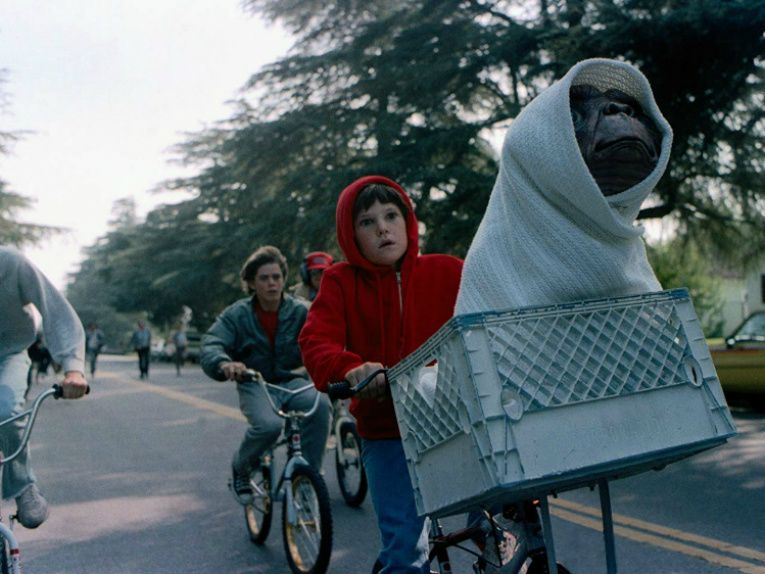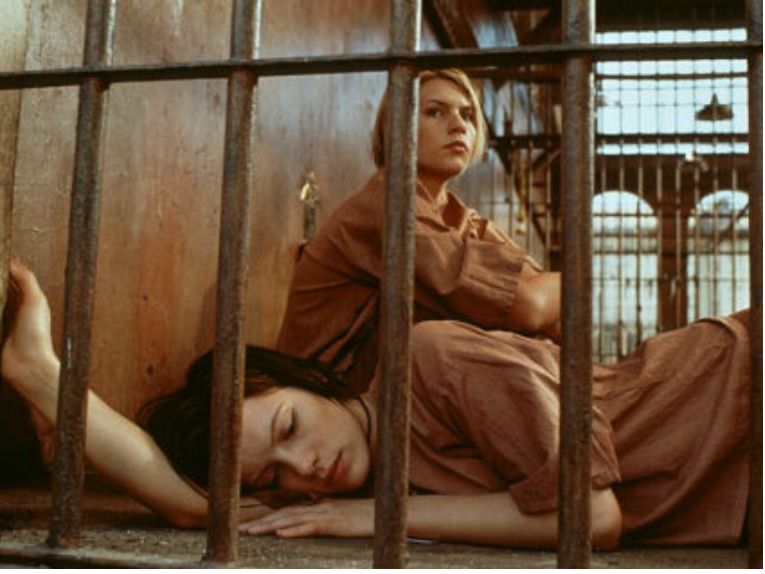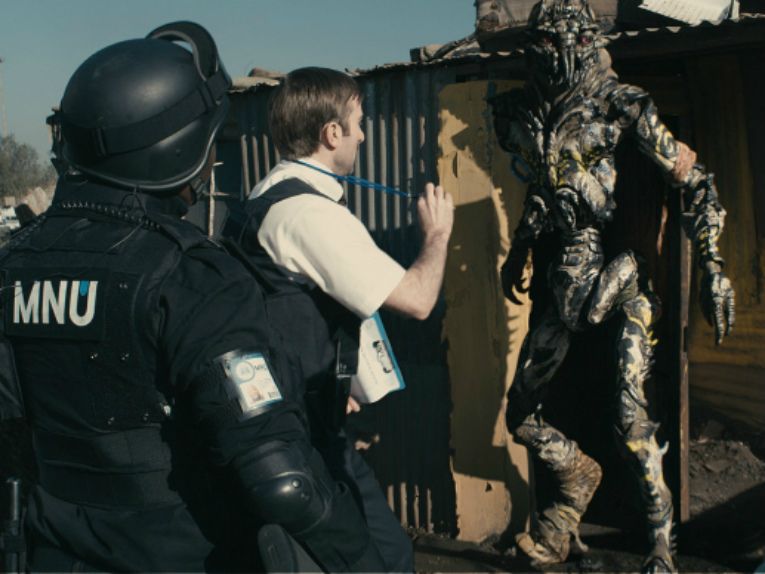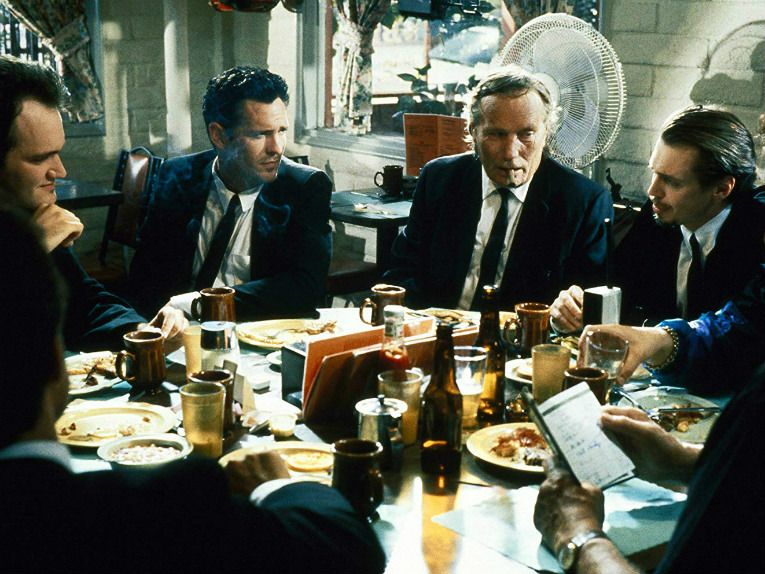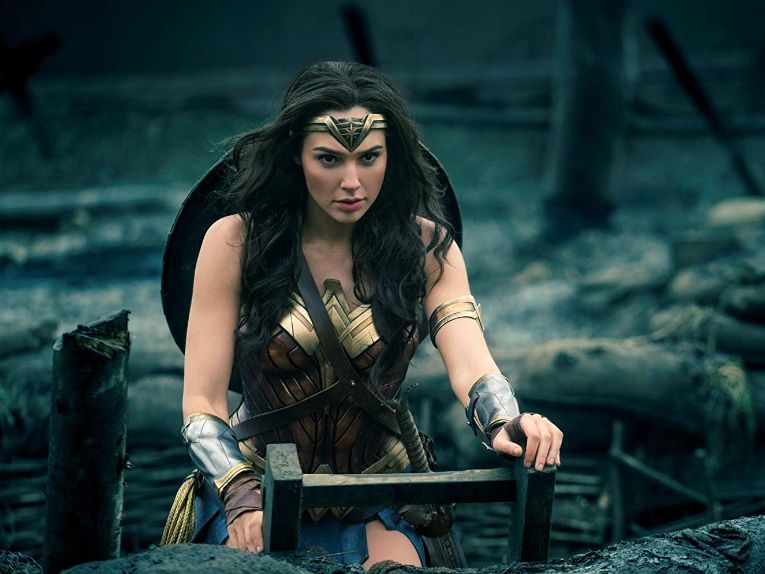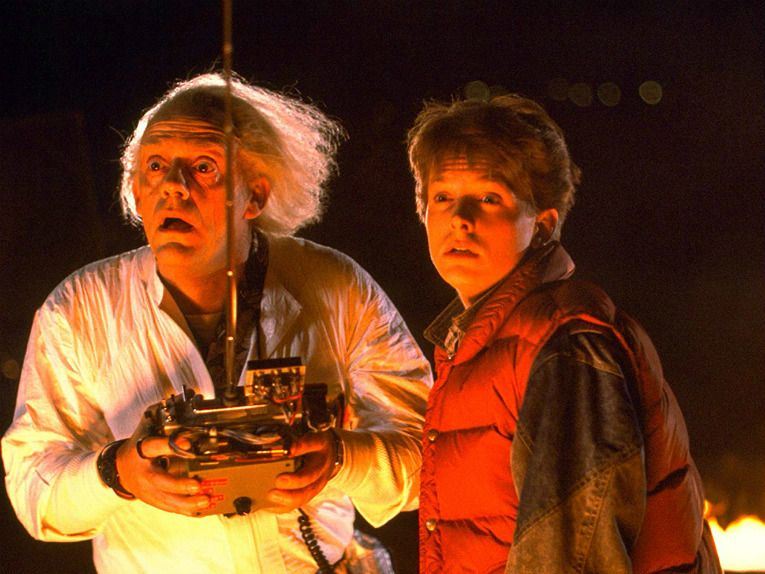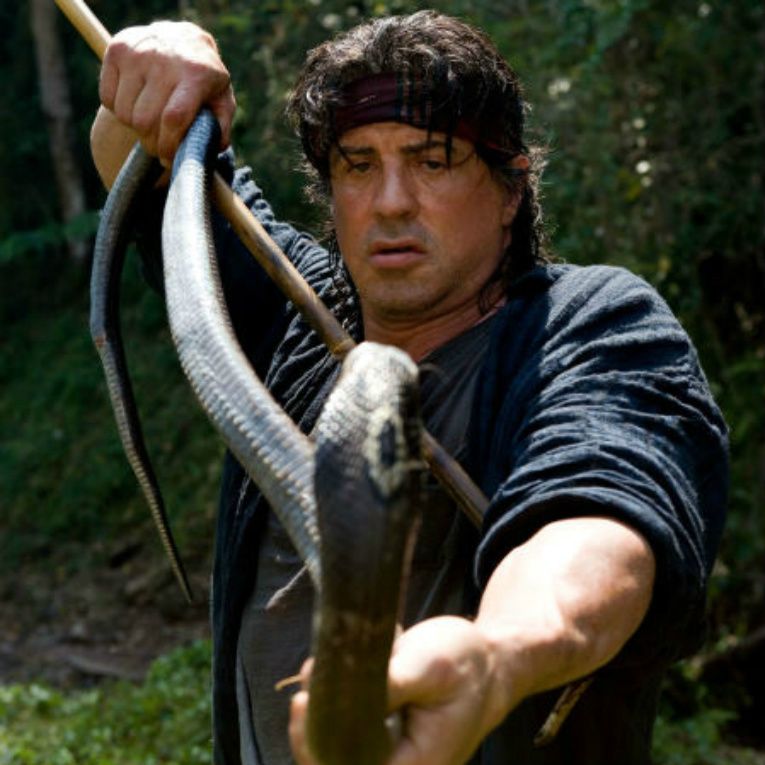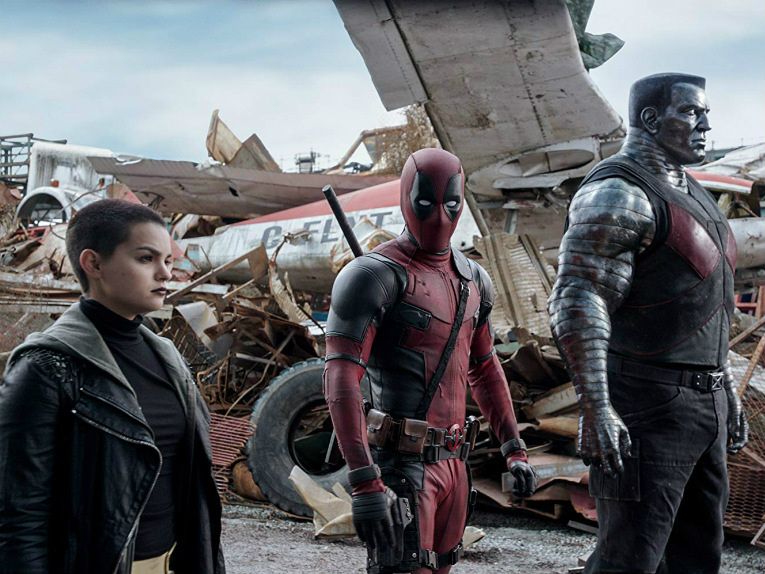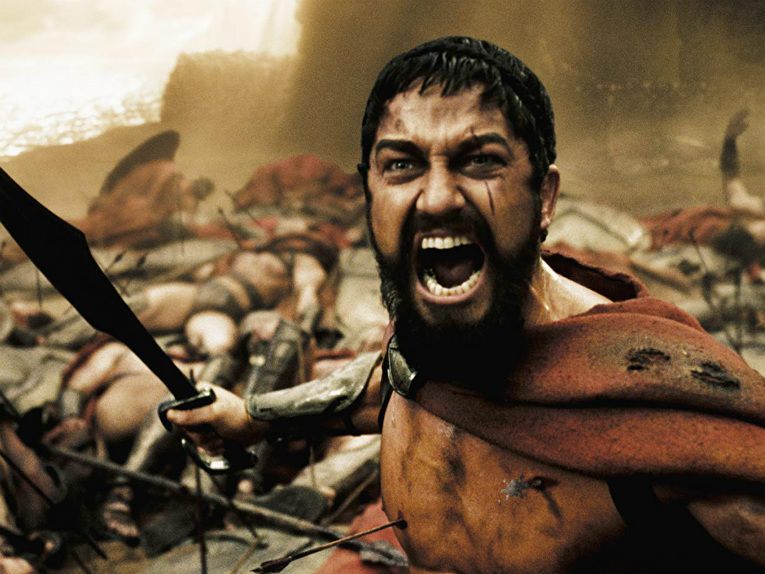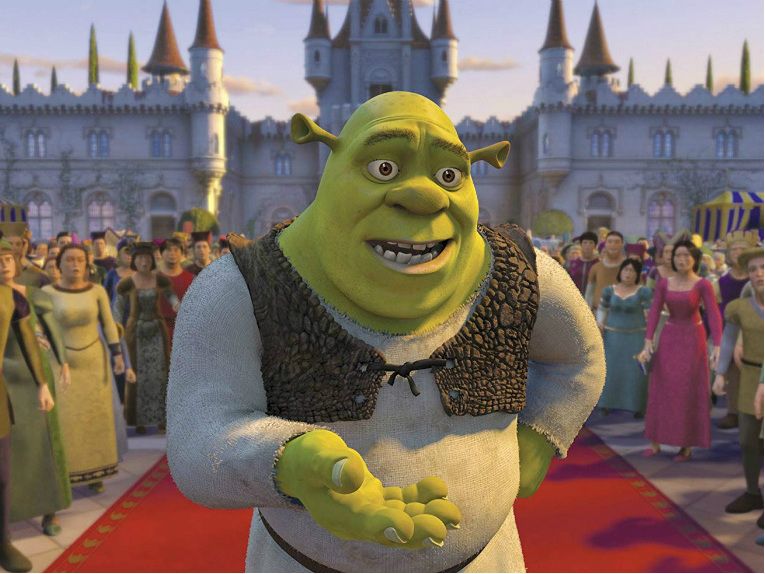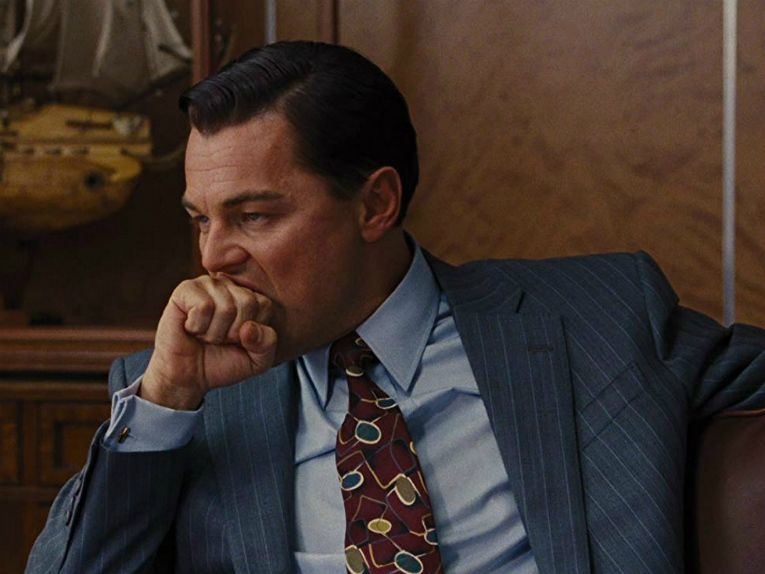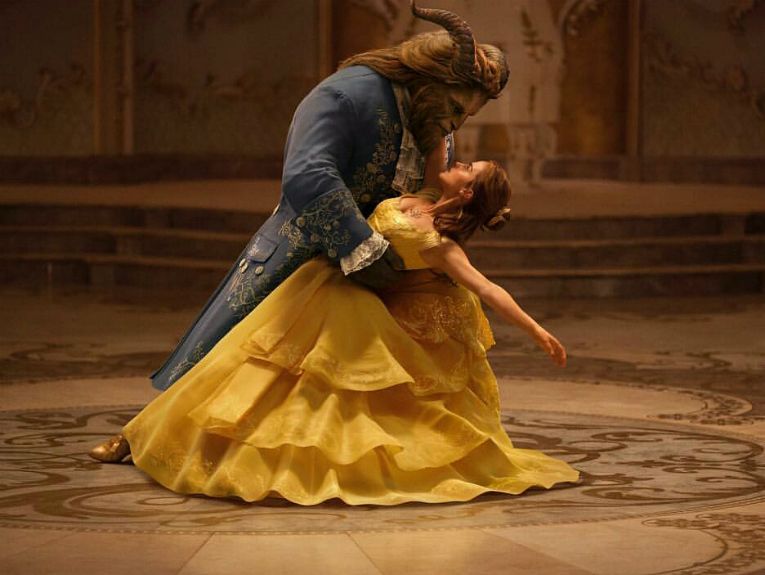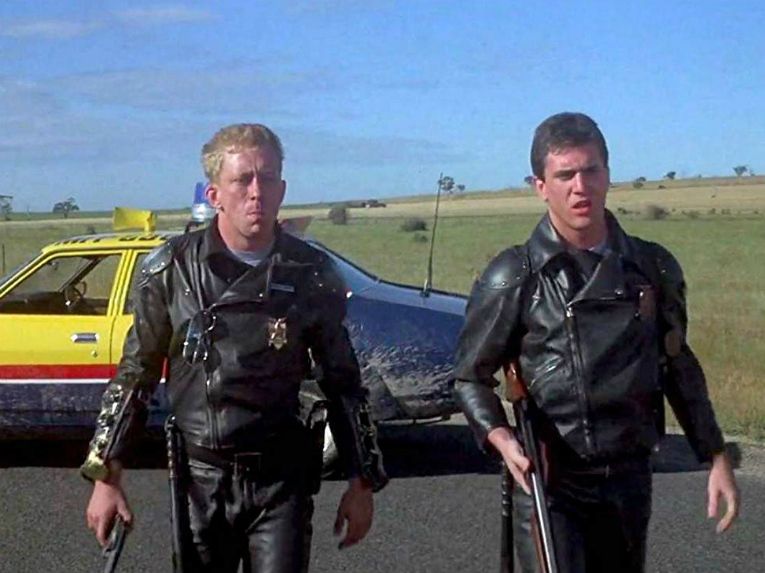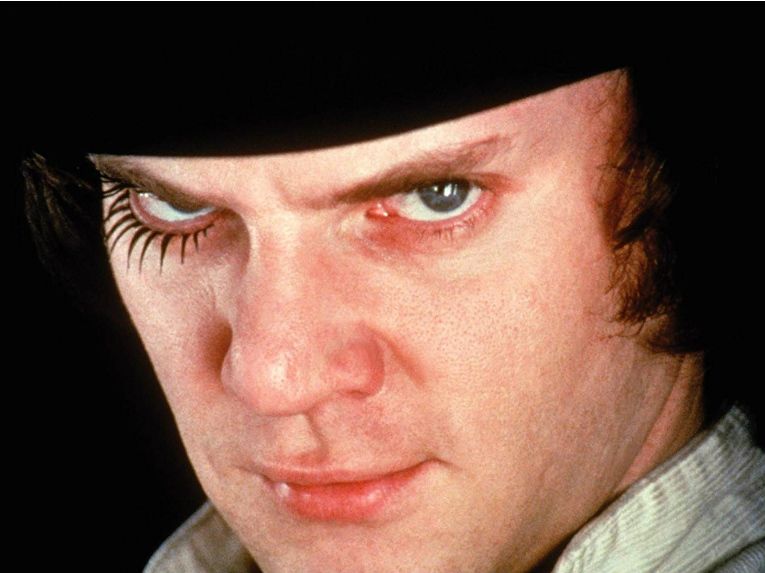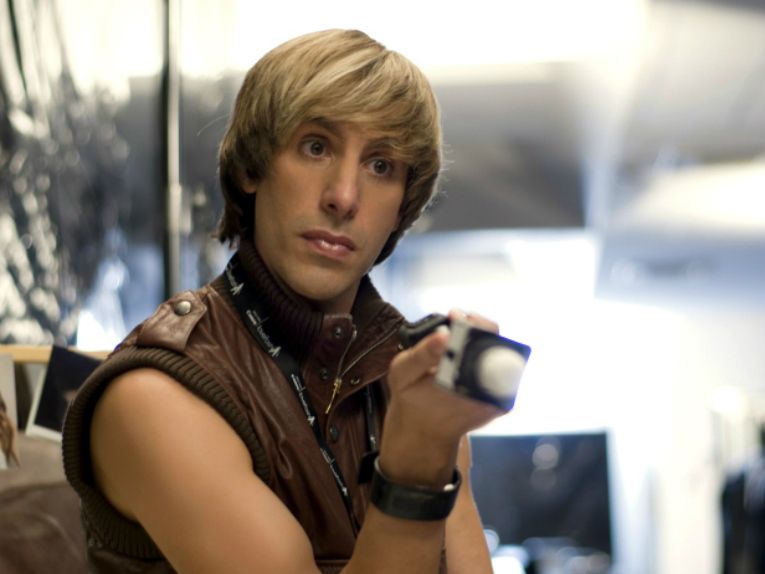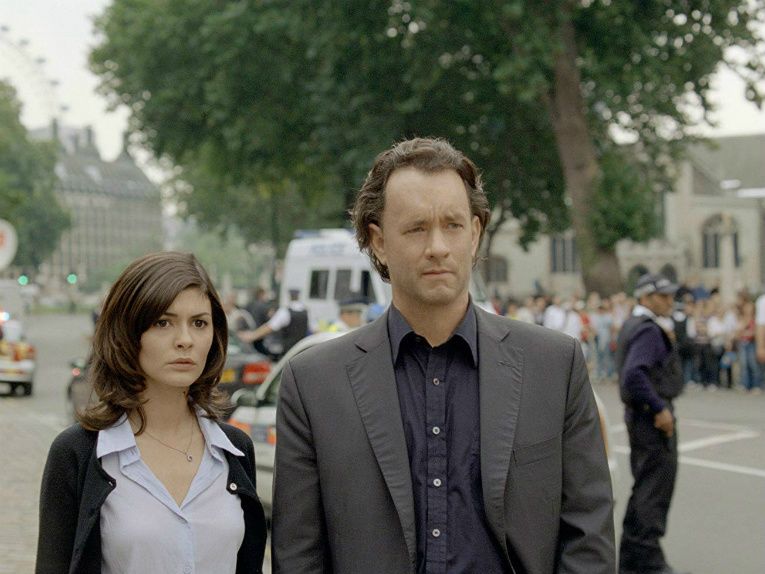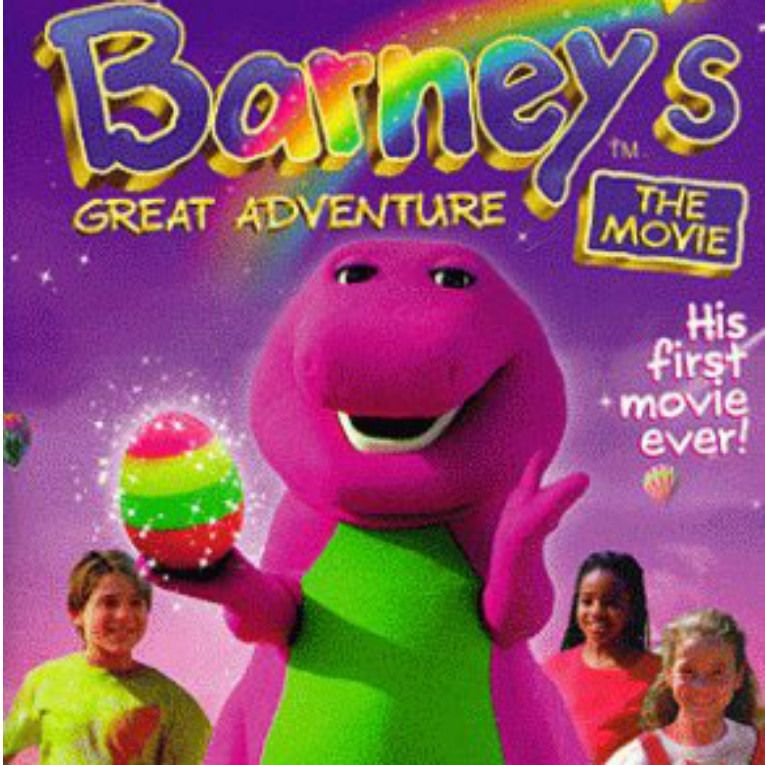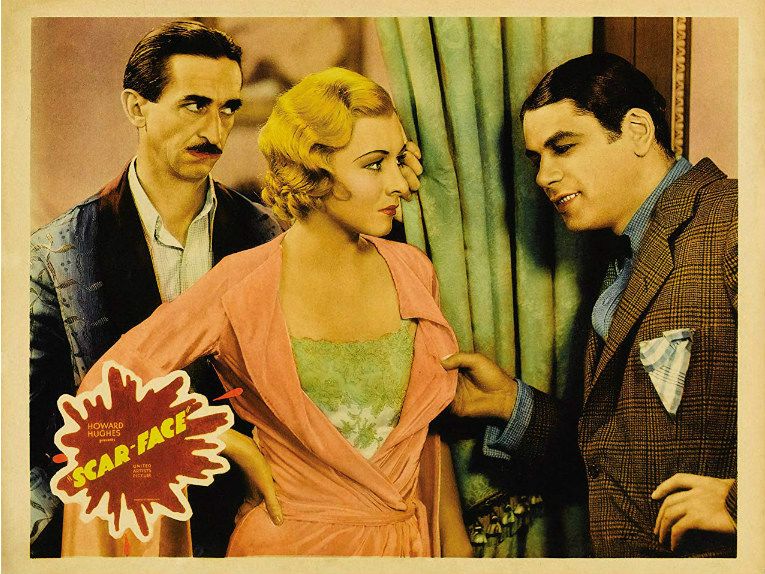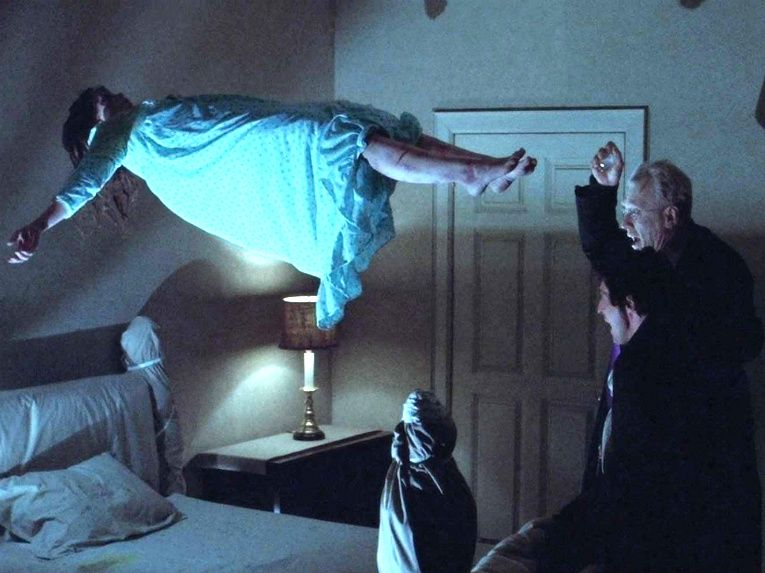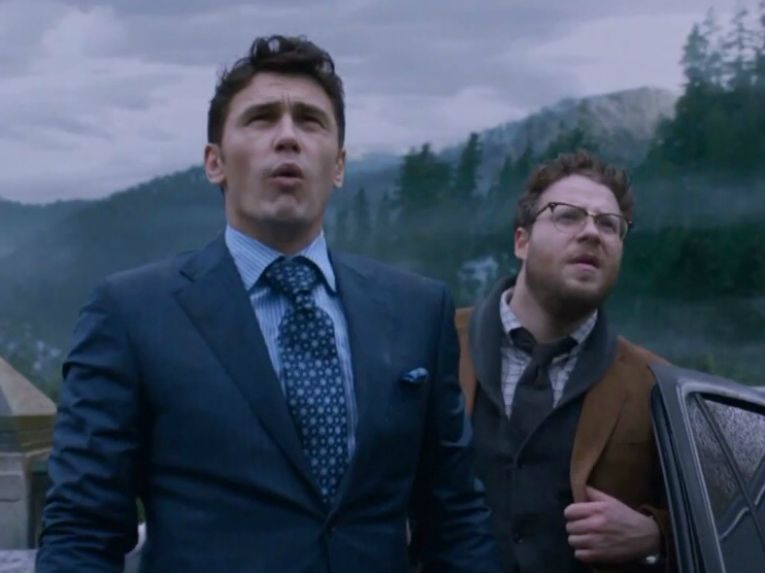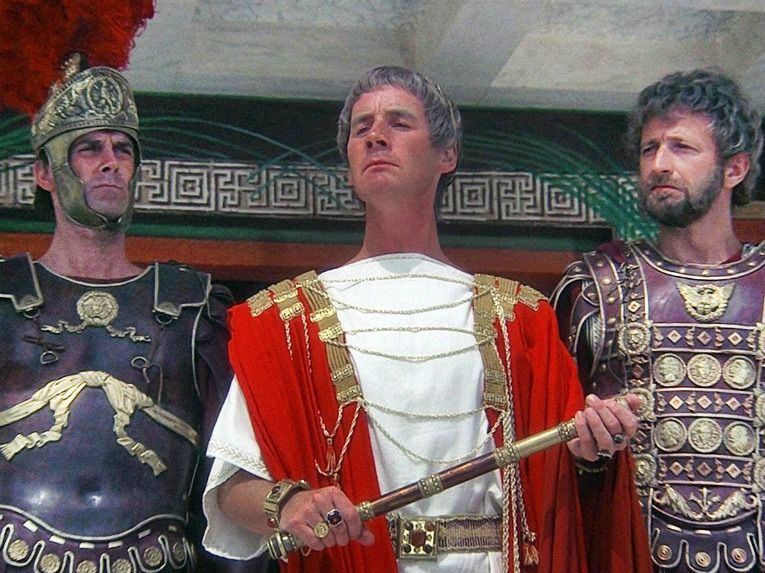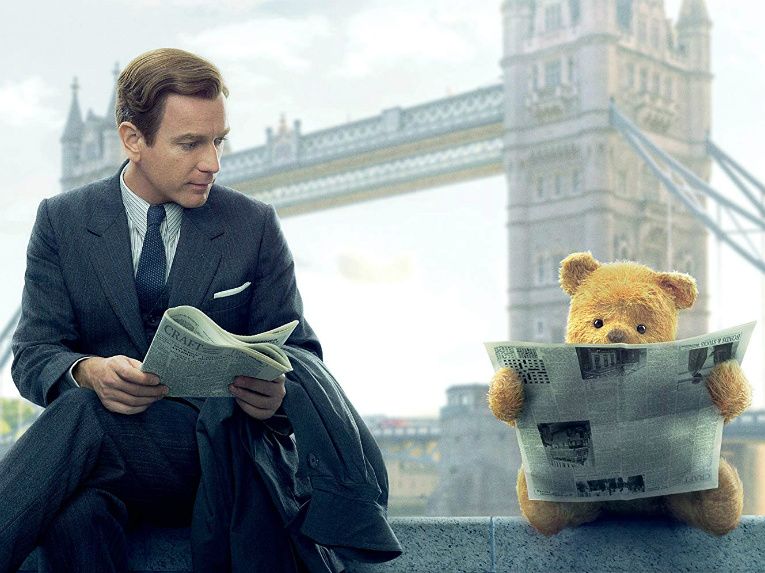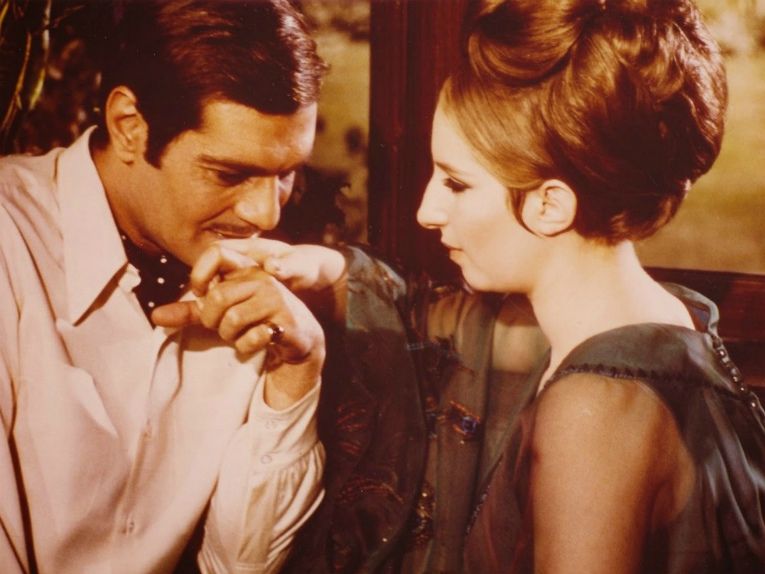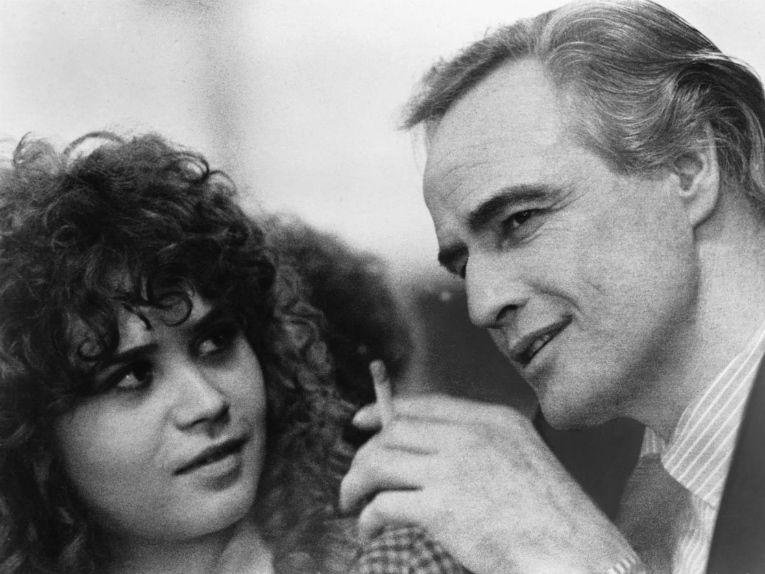These movies were restricted in different places due to their controversial topics. Some of the reasons are more mundane than others, but you may be surprised to find that your favorite film makes an appearance on this list.
The Hunger Games
What could possibly be wrong with watching young children and teens fighting to the death in an authoritarian-totalitarian world?
According to Vietnam, a lot.
Vietnam thought the film was too violent for children, so it was banned. Thailand supported the film at first, but when student protesters began using the resistance salute from the movies for protest purposes, it was banned.
Antimedia reports that the country also banned Mockingjay, the second installment, as students offered 160 free tickets to the film premiere for those that could answer the question, “In what ways is the Capital in the Mockingjay similar to Bangkok?” Thai cinema chain Apex Cinema, followed up with a statement claiming, “We feel our theaters are being used for political movements.”
The Texas Chainsaw Massacre
This shocking and horrifying horror film depicts five friends being terrorized by a man wearing a mask made of skin while revving up his chainsaw. Throw some cannibals in there, and you’re bound to see some backlash due to the gross material.
In 1975, the British Board of Film Classification announced that the movie’s ending depicted a disturbing level of terror and “abnormal psychology,” leading to a ban. In 1981, the film was released on home video without a BBFC certificate, forcing it to become prohibited again.
In 1999, it was resubmitted to the BBFC and given an 18 certificate (meaning it is not recommended someone under 18 purchase or watch) and was shown for the first time on British television by Channel 4.
Borat: Cultural Learnings of America for Make Benefit Glorious Nation of Kazakhstan
This hilarious mockumentary film follows Borat (Sacha Baron Cohen) on his journey to America to shoot a story for his country Kazakhstan (if you didn’t get that from the title). Along the way, his behavior makes him quite a nuisance to the American public.
Although the character originates from a fabricated place, many countries were outraged by the material and banned the film, one of them being Kazakhstan. The Foreign Ministry of Kazakhstan ended up placing a four-page spread in The New York Times speaking on the negative publicity Borat was giving their country.
It was then reported years after the film (much to the chagrin of Kazakhstan authorities), that the movie increased visa applications and tourism to the Central Asian country.
Brokeback Mountain
Brokeback Mountain tells the story of two lonely cowboys, played by Jake Gyllenhaal and Heath Ledger, and their relationship over the years as they engage in a romantic relationship. Although the film won three Oscars, it was still considered controversial due to the content.
Cinemas in Utah banned the film due to the sexual scenes. BBC reported that China banned the movie due to the homosexual plot. Theaters in Malaysia also banned the film, with United International Picture’s publicity manager telling the Associated Press, “Brokeback Mountain is definitely not going to make it here because its themes wouldn’t be right for our local audiences.”
2012
Remember when everyone thought the world was going to end in 2012 because the Mayan calendar “predicted” it would? Well, this movie played into people’s fears, as it depicted what would have happened had the world actually come to an end.
The Telegraph explained that North Korea didn’t want viewers to see Earth destroyed by natural disasters and unexplained happenings since 2012 was the year South Korea was supposed to rise “in international stature.”
Newspapers reported that those caught watching copies of the film would be arrested and possibly forced to spend five years in prison. Harsh.
E.T. the Extra-Terrestrial
Ok, many of us can admit that when we were kids, we were a little freaked out by E.T., but can you imagine being banned from seeing it?
Well, if you lived in Norway, Sweden, or Finland before you turned 12, you would’ve been. Yes, Steven Spielberg’s feel-good family-friendly sci-fi movie was banned from not one country, but three.
When the film was released, Associated Press reported that Sweden’s chief censor, Gunnel Arrback, believed that children under the age of 11 would be scared by the movies “threatening and frightening atmosphere.” Nordic nations also felt that the film was harmful as it depicted “adults as enemies of children.”
Brokedown Palace
Brokedown Palace is a 1999 drama starring Claire Danes that single-handedly led to all of her movies being banned in the Philippines. The movie tells the story of two women who get arrested and jailed in Thailand for drug smuggling.
The producers of the film decided to do the filming in the Philippines, thinking people wouldn’t be able to tell the difference. While doing interviews for the film, Danes said such bad things about their filming location that the president of the Philippines banned every Danes film from the country and forbade her from ever entering until she issued an apology.
The film also depicts a very harsh impression of the Thai government and was immediately rejected in Thailand when released.
District 9
District 9 is a film set in South Africa that focuses on aliens who reside in the district and are perceived by locals as “filthy, violent, cat food-eating bug-monsters.” District 9 was banned in Nigeria due to its underlying racist themes towards the people in South Africa.
Nigeria’s information minister, Dora Akunyili, resented the film, saying, “Why do they want to denigrate Nigerians as criminals, cannibals, and prostitutes who sleep with extraterrestrial animals? We’ve had enough with the stereotypes they have branded us with.”
Sony Pictures responded by offering an apology, insisting “no offense was intended toward any country or person.”
Reservoir Dogs
This gory film was a hit for Quentin Tarantino, but the splattery and horrifying violence proved to be a little much for some audiences.
In 1992, when the movie was released in theaters, it passed by the BBFC. But there were concerns about the notorious torture scene (where an ear is sliced off), so the film was still given an 18 certificate.
A year later, things changed, as the BBFC study explained that Michael Madsen’s character is an “unpleasant, sadistic psychopath with whom a viewer is not invited to identify or to glamorize.” The film’s home video release was delayed up until 1995.
Wonder Woman
Wonder Woman was a beloved film in the U.S. due to its main character being the first female superhero ever to grace the big screen. Unfortunately, those in Lebanon were unable to see the film since the lead actress, Gal Gadot, is Israeli.
The ban came right before the film was set to premiere in Lebanon, which is at war with Israel. Although the film had been advertised in Lebanon and passed the country’s standard screening procedures, the Campaign to Boycott Supporters of Israel-Lebanon put pressure on the government to block the film.
Back To The Future
The family-friendly 80s film remains a favorite decades later. Children and parents alike enjoy watching the time-traveling adventure of the teenage Marty McFly and Doc Brown. So, what could be so offensive about this fun blockbuster?
The whole time-traveling aspect.
China has a strict policy when it comes to television shows and films that depict time travel. TIME magazine reports that this policy exists because the government believes time travel in media distorts historical events, things, and people.
To clarify, should China ever invent time travel, THAT would still be legal, it is just not permissible to see it through the frivolous eyes of Hollywood.
Rambo
Sylvester Stallone, who directed and co-wrote Rambo, wanted to incorporate the stories of Burmese people, so he decided to cast many of them as extras. Muang Muang Khin, who plays Myanmar General Tint, is a former Karen rebel freedom fighter. Because the film’s plot incorporates an anti-Myanmar perspective, the film is banned in Myanmar.
In the movie, Burmese soldiers are portrayed as sadistic and cruel, leading to the cast and crew of the movie receiving multiple death threats while shooting.
The Daily Mail reported that shots were fired over the film crew’s heads. Stallone said, “We were told we could get seriously hurt if we went on.” Naturally, they persisted anyway.
Zoolander
The hilarious comedy starring Ben Stiller was banned in Malaysia due to the storyline which includes a plan to assassinate the country’s prime minister. A spokeswoman for the Home Affairs Ministry’s Film Censorship Board reported that the plot of the film was “definitely unsuitable” for Malaysian audiences.
When the film was released, officials at Malaysia’s main theater chain, Golden Screen Cinemas admitted that the comedic film was not on their list of foreign films to be shown at the theater. Apnews.com reported that an anonymous GSC distribution official told audiences, “We know about this movie, and we don’t think we will be showing it. We did not even buy the rights to show the movie.”
Deadpool
Since China is such a significant movie market, it is often crucial that, for a film to be successful, it must succeed with Chinese audiences. Unfortunately, Deadpool was banned from theaters in China upon its release for… well, basically everything.
Often, if a film includes excessive violence, harsh language, and nudity, then these parts will be cut out before being shown in theaters. However, these factors make up almost the entire premise of the superhero movie, making it impossible to show the film without altering the whole plot.
Since China lacks a rating system for films, every film released must be appropriate for all ages, which is something that Deadpool is definitely not.
300
When the 2007 film portraying the Battle of Thermopylae hit theaters, it sparked an outcry in Iran. Said to be a “cultural and psychological warfare” against the country, the plot depicts 300 Greek Spartans battling their way through the army of Persian King Xerxes.
Iranians claimed it showed Persians as cruel and continuously being outsmarted by Greeks. Iranian Ambassador Mohammad-Reza Deshiri described the film as an absolute “insult” to Iranian culture.
Warner Brothers denied that the movie was meant to insult any culture and confirmed that it was a fictional work with the intention of just entertaining audiences.
Shrek 2
Shrek is a beloved franchise here in the U.S., so it is probably difficult to imagine why the family-friendly ogre film would be banned. However, it is one small joke in the children’s movie that sealed the second film’s fate in Israel.
The film was discarded, because it makes fun of Israeli singer David Daor using a castration joke.
One character in the comedic movie threatens to castrate another saying, “Let’s do a David Daor on him.” Honestly, pretty dark for a kids film but, regardless, Daor filed a suit against the film and courts ruled it couldn’t be shown until the joke was removed.
The Wolf Of Wall Street
There are very few wolves in Kenya, but there are absolutely none of the Wall Street kind.
If you were hoping to catch this foul-mouthed flick in a Kenyan theater, then you will be waiting a long time.
The Kenya Film Classification Board banned the film due to its “extreme scenes of nudity, sex, alcohol, drug taking, and profanity.” The film was classified as restricted, meaning that it cannot be shown in any theater and is forbidden from distribution by movie vendors.
If you’re caught watching the movie? You have a few choices. Either cough up a fine, spend five years in jail, or both.
Beauty and the Beast
Disney’s long-awaited live action remake captured the hearts of audiences in the U.S., but it led to a ban in Kuwait after it was already set to be released in theaters.
Although the film had a PG-13 rating, a cinema company owned by the nation’s government decided that all screenings of the film would be canceled.
The anger stems from the character LeFou, the first openly gay character in a Disney film. Even though the film does not outwardly state the character’s sexuality, the character dances with another male during one of the musical scenes.
The cinemas claimed they cut the movie due to “unforeseen difficulties,” promising ticket-buyers a full refund.
Mad Max
The 1979 dystopian action film won three AACTA Awards and has since attracted quite a followers since its release. The film made over $100,000,000 worldwide, but this profit excludes New Zealand and Sweden, where it was banned for a particularly violent scene.
The controversial moment features a character being burned alive inside of his vehicle, a moment that was similar to an incident that occurred with a real gang shortly before the film was released.
When the sequel was shown in New Zealand, it was a great success, leading to the first film being released with an 18 certificate. The ban on the movie in Sweden was lifted in 2005, and it is now shown on television and sold on home media.
A Clockwork Orange
The dystopian crime film by Stanley Kubrick sparked quite a cult following in the U.S. since it first appeared on the silver screen. The film illustrates difficult-to-watch situations that involve a bit of everything: violence, psychiatry, juvenile delinquency, and youth gangs.
In 1971, the film was banned in Singapore where it remained forbidden for over 40 years until it was finally shown for the first time at a national film festival in 2011.
The film was originally banned due to the brutal world the audience is thrown into, which includes extreme violence and sexual situations. The film’s uncut version premiered at the festival with an R21 rating.
Bruno
Ukraine decided to ban the comedy film, believing that it could have a damaging effect on Ukrainians’ moral health. The ban was put in place due to the film’s depictions of homosexual sex and the showing of genitals.
Ukraine’s film censors were not impressed -- or entertained -- by the film, as nine members out of the Culture Ministry’s 14-person committee voted for a complete ban.
The Ministry of Culture wrote to Ukrainian film distributor Sinergia that the film contained, “sadistic manifestations which could damage the morality of citizens.” Ukraine argued that the flamboyant, fictional character was too explicit for Ukraine audiences.
The Da Vinci Code
The 2006 mystery thriller film starring beloved actor Tom Hanks was met with controversy due to the religious-based content.
The biggest critics of the film was the Roman Catholic Church, who was angered at the film’s accusation that they are behind a 2,000-year-old cover-up involving the Holy Grail. The film was banned in a number of places due to the falsified religious content.
In the Solomon Islands, Prime Minister Manasseh Sogavre said, “We profess Christian religion in the country, and that film depicts some thoughts about this person called Jesus Christ that Christians adore as not only as a good man, but was himself God, and such a film basically undermines the very roots of Christianity in the Solomon Islands.”
Barney’s Great Adventure
So, we’re not exactly sure why this children-oriented film is banned in Malaysia, seeing as the only reason given is that it is “unsuitable for children.”
For those of us who are familiar with the chipper purple dinosaur, this sounds like something we would find on a fake news site.
However, it is true and, since the film was banned, there has been no more explanation given for its fate.
We’re just interested in understanding what was going through the heads of the people who sat in a dark theater to view the content of the film, only for them to deem it too inappropriate for kids.
Scarface
Now, when we say Scarface, we’re not talking about the one you know, although it is a more violent version of this one. We’re talking about the 1932 film produced by Howard Hughes. This film was banned in five states in the United States due to its glorification of crime and violence.
Of course, we’ve since seen movies more gut-churning than this Al Capone-inspired tale.
Many Italian-American community members took offense by the film as they felt it negatively represented them. Although the pioneer film was hailed for its gritty storyline, it turned out to just be too much for some stomachs.
The Exorcist
These days, The Exorcist would likely be considered a comedy due to its less than shocking special effects but, at one point, many people considered this horror movie to be one of the scariest films of the decade.
There was so much mystery surrounding the production that rumors emerged claiming the film was cursed and linked to insanity. To be fair, a plethora of oddities did occur on set, including the death of nine people and a fire that destroyed everything.
Home video copies of the movie were removed from shelves in the U.K. in 1988, and it remained banned for 11 years. The BBFC lifted the ban in 1999, saying, “While still a powerful and compelling work, it no longer had the same impact as it did 25 years ago.”
The Interview
If you’ve seen this movie starring James Franco and Seth Rogen, then you probably understand why people have issues with it. The film proved to be so offensive that North Korea complained to the United Nations about the movie, claiming that it promotes terrorism against them.
Franco and Rogen play a TV host and a producer who get the chance to interview North Korea’s leader, Kim Jong-un. Before they know it, the CIA hired them to assassinate the dictator.
Spokesperson Kim Myong-chol fired back that the film “shows the desperation of the U.S. government and American society.” Naturally, it was banned in North Korea and removed from some theaters in the U.S.
Monty Python’s Life of Brian
The biblical parody was either banned entirely or given an X certificate when it was released in 1980 for being “blasphemous.” When it was first released, it was banned in the U.K. due to its parody-based religious content.
Ireland and Norway also banned showings of the film, with some of the bans lasting decades. The filmmakers decided to use this controversy to publicize the movie, with posters in Sweden reading, “So funny, it was banned in Norway!”
When the film premiered in New York, the screenings were protested by rabbis, nuns, and religious followers.
Christopher Robin
There’s a war on Winnie the Pooh! The live-action remake of the treasured children’s Winnie the Pooh books was banned in China upon its release.
The reason behind this seemingly unjust ruling is because Chinese leader Xi Jinping has been bombarded by insulting memes and internet trolls, who likened his appearance to the cartoon bear.
When the film was denied in China, the Hollywood Reporter acknowledged that it was due to China’s censorship of Winnie the Pooh images that began in 2017. Pooh Bear has since become something of a symbol representing the resistance in China.
Funny Girl
The 1967 American film featured legends Omar Sharif and Barbra Streisand. While the movie was in production, the Israeli-Egyptian Six Day War broke out, causing problems on set. Since Sharif was Egyptian, and the majority of the cast and crew including Streisand were Jewish, controversy exploded upon the release of a love scene between the two.
Sharif ended up sticking with the character and continued filming, much to Egypt's disappointment. When the film was finished, Egypt spoke negatively about Sharif in the newspapers for kissing and acting with a Jewish person.
Last Tango In Paris
This 1972 erotic film starring Marlon Brando and Maria Schneider is banned in many places due to its shocking content. The film portrays incredibly raw and uncensored situations of sexual violence, which gained a whole array of different government labels.
When the film was released in the United States, the most graphic scene (of sodomy) was removed, and the film was given an X-rating. The movie was banned for decades In Chile, South Korea, and Portugal.
Schneider claims the graphic scene had lasting repercussions on her psyche, admitting the scene was not originally in the film, but “when they told me, I had a burst of anger. Woo! I threw everything. And nobody can force someone to do something not in the script. But I didn’t know that.”

